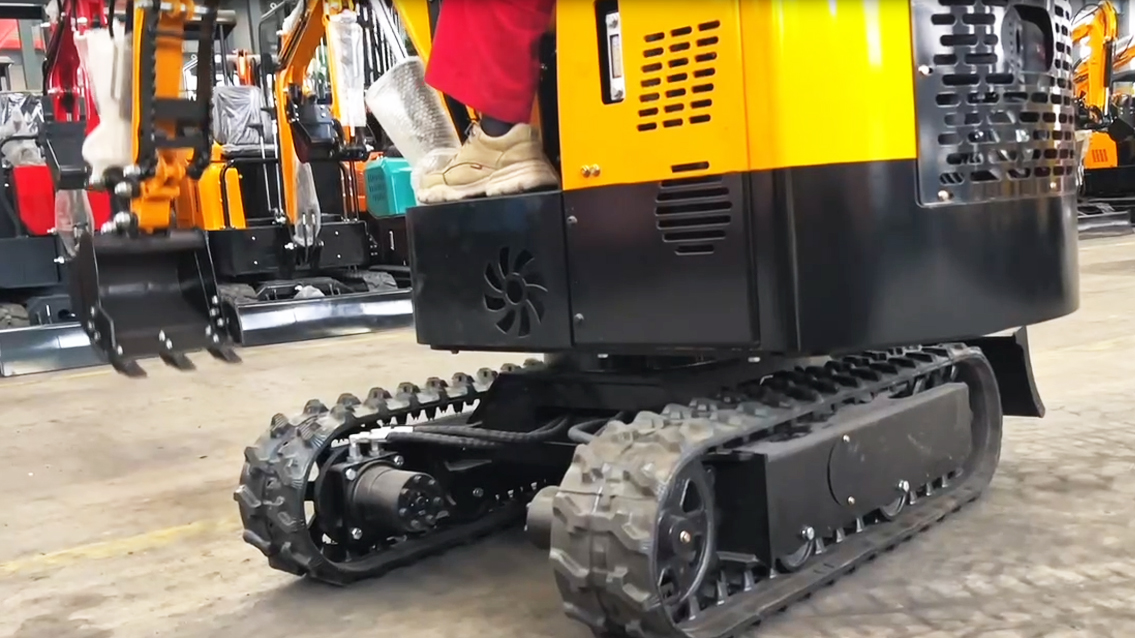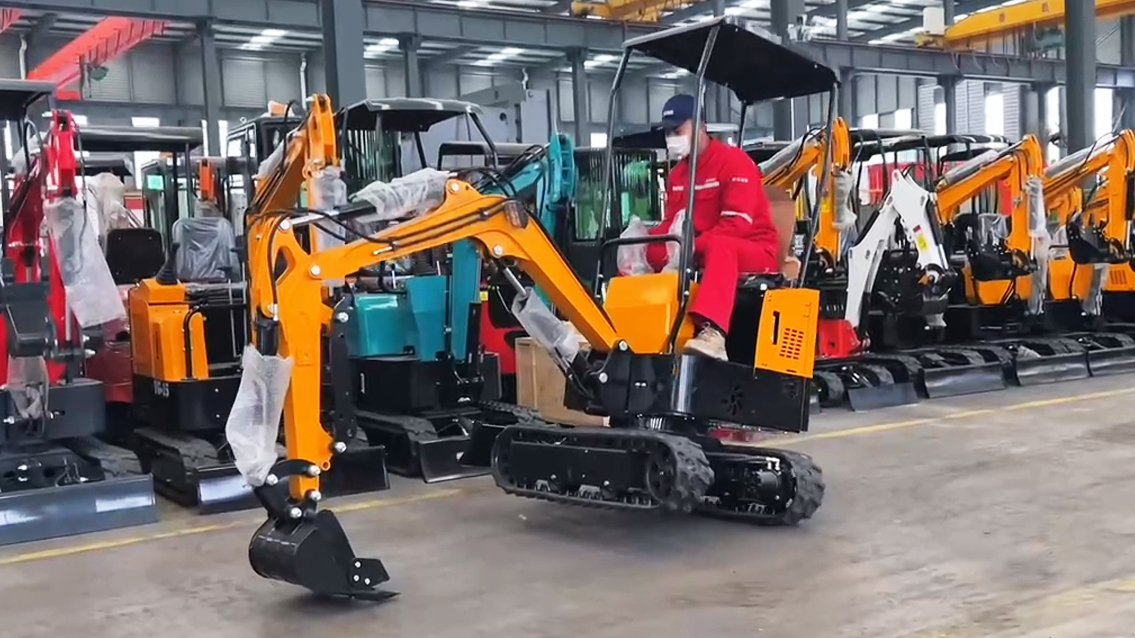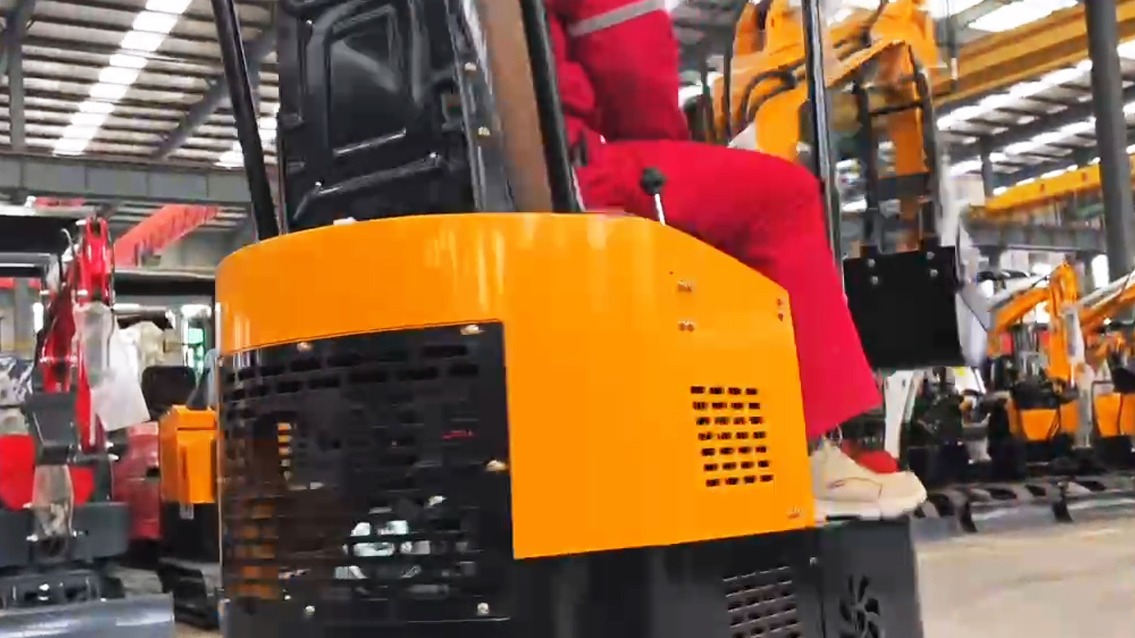I. Introduction
Mini excavators are renowned for their versatility, making them indispensable in construction, landscaping, and various other industries. Their adaptability stems largely from the wide range of attachments available, transforming these compact machines into multi-functional workhorses. Understanding the most common mini excavator attachments and their uses is crucial for maximizing efficiency and productivity. This article provides a comprehensive overview of these attachments, highlighting their applications and benefits.
II. Understanding Mini Excavator Attachment Systems
Quick Couplers:
Quick couplers, available in manual and hydraulic versions, enable rapid attachment changes.
Hydraulic quick couplers offer the convenience of changing attachments from the operator's seat, saving time and effort.
These systems significantly enhance productivity by allowing operators to switch tasks quickly.
Hydraulic Systems:
Mini excavators rely on hydraulic systems to power attachments.
Proper hydraulic flow and pressure are essential for optimal attachment performance.
Understanding the hydraulic requirements of different attachments is crucial for compatibility.
Attachment Compatibility:
Attachment compatibility depends on factors like size, weight, and hydraulic requirements.
Matching attachments to the excavator's specifications ensures safe and efficient operation.
Manufacturers provide guidelines and specifications to help users select compatible attachments.
III. Digging and Trenching Attachments
Buckets (Various Types):
Standard Digging Buckets: Used for general excavation, digging foundations, and moving soil. Sizes vary to suit different tasks.
Trenching Buckets: Narrow profiles designed for precise trenching for utilities and drainage.
Grading Buckets: Wide, flat buckets used for leveling, backfilling, and finishing surfaces.
Skeleton Buckets: Used for sifting soil, removing debris, and separating materials.
Augers:
Augers are used for drilling holes for posts, footings, and planting trees.
Different auger bit sizes and types are available for various applications and soil conditions.
Factors like soil type and drilling depth affect auger performance.
IV. Demolition and Material Handling Attachments
Hydraulic Hammers (Breakers):

Hydraulic hammers are used for breaking concrete, rock, and asphalt in demolition and construction.
Various types of hammers are available, each suited for specific applications and materials.
Safety considerations are paramount when using hydraulic hammers due to the high impact forces.
Grapples:
Grapples are used for handling logs, debris, and other materials in construction, demolition, and landscaping.
Different types of grapples, such as sorting and demolition grapples, are designed for specific tasks.
Grapples improve material handling efficiency and safety.
Thumbs:
Thumbs, available in hydraulic and manual versions, work in conjunction with buckets to grip and move materials.
They enhance the versatility of buckets by providing a clamping action.
V. Grading and Leveling Attachments
Grading Blades:
Grading blades are used for leveling, backfilling, and grading surfaces.
Adjustable blade angles and features allow for precise control.
They are essential for site preparation and landscaping.
Rippers:
Rippers are used for loosening compacted soil, rock, and asphalt.
They prepare sites for excavation and grading by breaking up hard surfaces.
VI. Compaction and Specialized Attachments
Compaction Wheels/Plates:
Compaction attachments are used for compacting soil in trenches and foundations.
They ensure soil stability and prevent settling.
Tilting Hitches:
Tilting hitches increase precision in grading and contouring, especially on sloped or uneven terrain.
They enhance the versatility of other attachments.
Rototillers/Tillers:
Rototillers are used for preparing soil for landscaping and planting.
They improve soil aeration and texture.
VII. Selection and Maintenance of Attachments
Factors to Consider When Choosing Attachments:
Application requirements and project needs.
Excavator specifications and compatibility.
Attachment quality and durability.
Maintenance of Attachments:
Regular inspections and lubrication are essential for maintaining attachment performance.
Proper storage and handling prevent damage.
Troubleshooting common attachment issues ensures timely repairs.
VIII. Safety Considerations When Using Attachments
Operator Training and Certification:
Proper training on attachment operation is crucial for safety.
Safety procedures and best practices must be followed.
Site Safety and Hazard Assessment:
Identifying potential hazards before using attachments prevents accidents.
Implementing safety measures ensures a safe working environment.
Proper Attachment Installation and Removal:
Following manufacturer's instructions for safe attachment changes is essential.
Using proper tools and equipment prevents injuries.
IX. Technological Advancements in Attachments
Smart Attachments and Sensors:
Integration of sensors provides real-time data and monitoring.
Smart attachments enhance efficiency and precision.
Hydraulic Quick Couplers and Automated Systems:
Improvements in quick coupler technology enable faster attachment changes.
Automation of attachment functions increases productivity.
X. Conclusion
Mini excavator attachments significantly expand the capabilities of these versatile machines. Selecting the right attachments for specific tasks and ensuring proper maintenance and safety practices are essential for maximizing efficiency and productivity. As technology advances, new and innovative attachments will continue to enhance the functionality of mini excavators, further solidifying their importance in construction and landscaping.
Post time:Sep-25-2020


